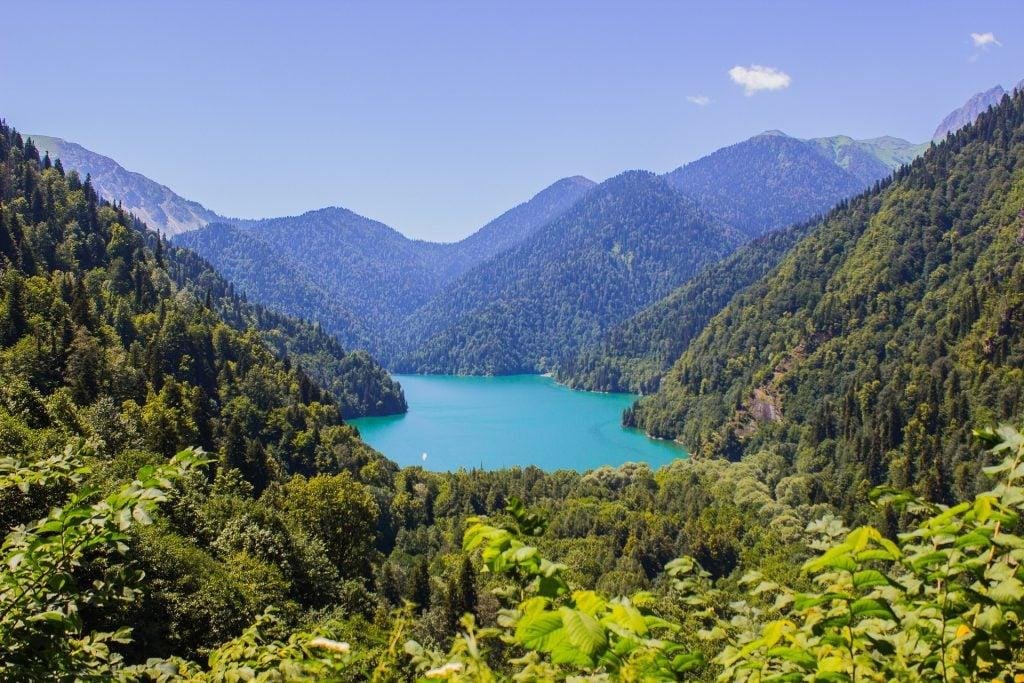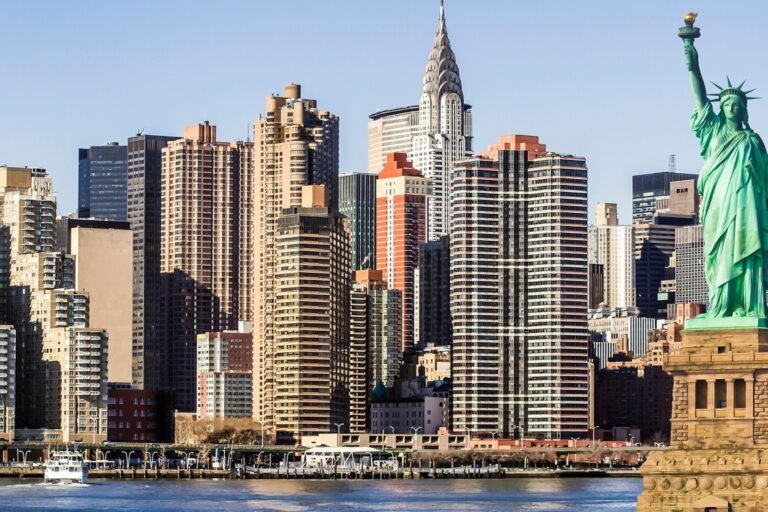New York City, frequently enough heralded as the “City That Never Sleeps,” captivates millions of visitors each year with its dynamic energy, iconic sights, and cultural offerings. however, not all times of the year are created equal when it comes to exploring the Big Apple. for those planning a trip to this bustling metropolis, understanding when to visit — or perhaps more importantly, when to avoid — can make a notable difference in your experience. From frigid winter temperatures to chaotic summer crowds, certain seasons and events can turn what should be an enjoyable adventure into an overwhelming ordeal. In this article, we’ll delve into the worst times to visit New York City, offering helpful insights to ensure your trip is both memorable and stress-free. understanding the factors that can impact your visit not only prepares you for the realities of urban travel but also highlights the beauty and charm of New york during its best moments.Join us as we navigate the less favorable times to explore this vibrant city, ensuring you can plan wisely for your next journey.
Understanding the Crowds and Weather Conditions in New York City
New York City is a bustling metropolis known for its iconic skyline and diverse culture, but it can also be a challenging destination when faced with throngs of tourists and unpredictable weather. Understanding crowd patterns and the nuances of seasonal conditions can greatly enhance your travel experience. During peak travel times such as summer (June to August) and the holiday season (late November to early January), you can expect overwhelming crowds at popular attractions like Times Square and Central Park. This influx of visitors can lead to longer wait times, congested public transport, and a more chaotic atmosphere. However, if you visit during off-peak months such as January to March or mid-September to October, you could enjoy a significantly more relaxed experience, with shorter lines and the chance to explore the city at your own pace.
Weather can also be a decisive factor in planning your visit. Here’s a snapshot of what to expect:
| Season | Average Temperature | Visitor Traffic |
|---|---|---|
| Winter | -3 to 5°C (26 to 41°F) | Low |
| Spring | 8 to 21°C (46 to 70°F) | Moderate |
| Summer | 20 to 30°C (68 to 86°F) | High |
| Autumn | 10 to 24°C (50 to 75°F) | Moderate |
Additionally, weather conditions can be unpredictable, with summer heatwaves leading to discomfort, especially for those unaccustomed to the high humidity. Conversely, winter can bring snow and icy conditions, which may hinder your plans but also provide a magical backdrop if you enjoy festive decorations. Understanding these patterns will not only help you avoid the worst time to visit the city, but it will also equip you with the knowledge to make the most of your trip, ensuring your time in new York becomes an enjoyable adventure, rather than a struggle defined by the elements and crowds.
Navigating the Challenges of Popular Events and Seasonal Pricing
When the hustle and bustle of New York City reaches its peak during popular events,it can quickly turn into a double-edged sword for visitors. While the allure of vibrant festivities is undeniable, the resulting crowd surge often leads to inflated seasonal pricing that can make even the most budget-conscious traveler wince. To mitigate the impact of these fluctuations and maximize your experience, consider the following tips:
- Plan Ahead: Research major events, festivals, or holidays that coincide with your travel dates, such as New Year’s Eve in times Square or the Macy’s Thanksgiving Day Parade.
- Avoid Peak Times: Tourist hotspots tend to be more crowded during weekends and holidays. Visiting on weekdays can provide a more manageable experience.
- Book Early: Locking in your accommodations and tickets well in advance can save you money, as prices typically climb closer to event dates.
- Seek Alternatives: Consider exploring lesser-known attractions or neighborhoods that may be overlooked by the majority. You might discover hidden gems without the associated price hikes and crowds.
- Utilize Local Resources: Websites like Gezify can help identify deals and suggestions tailored for specific events, ensuring you enjoy the city’s vibrant culture without breaking the bank.
Additionally, a helpful table outlining key events with their potential cost implications can assist in planning your trip effectively:
| Event | Typical Crowds | Estimated Price Increase |
|---|---|---|
| New Year’s Eve | Extremely High | +50% |
| Valentine’s Day | Moderate | +30% |
| Broadway Week | Low | No Increase |
| Macy’s Thanksgiving Day Parade | Very High | +40% |
By being mindful of these factors and planning accordingly, you can navigate the unique challenges of visiting New York City during its most popular seasons with both panache and peace of mind.
while New York City is a vibrant destination year-round,understanding the less ideal times to visit can enhance your experience. Factors such as extreme weather, overcrowded tourist seasons, and special events can significantly impact your trip. By planning accordingly and choosing your visit wisely, you can avoid the chaos and enjoy a more relaxed and enjoyable stay in the Big Apple. Remember, even during the less favorable times, there are still hidden gems to discover for those willing to explore. Safe travels!
